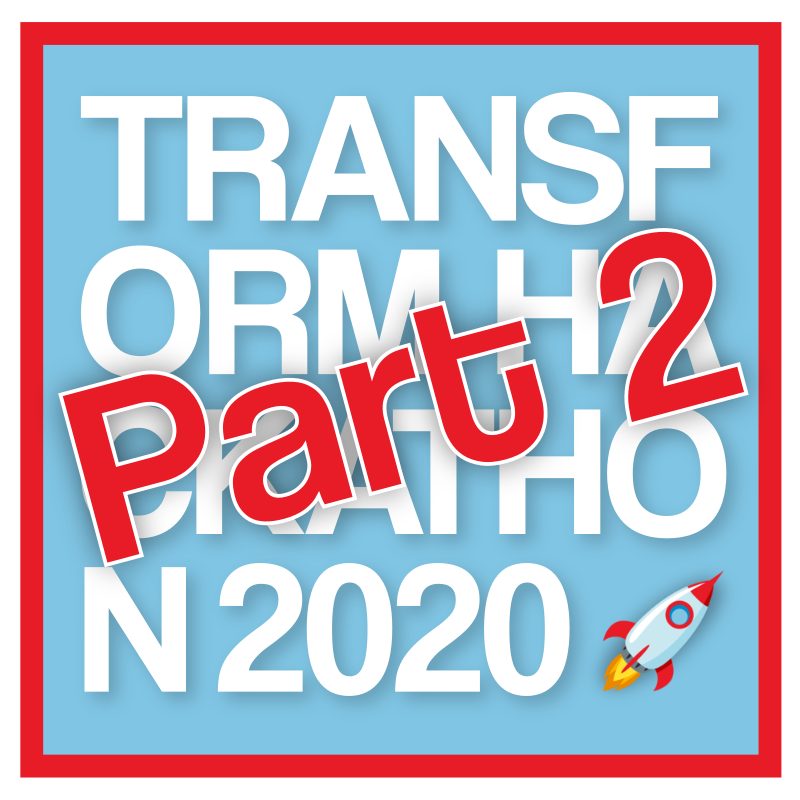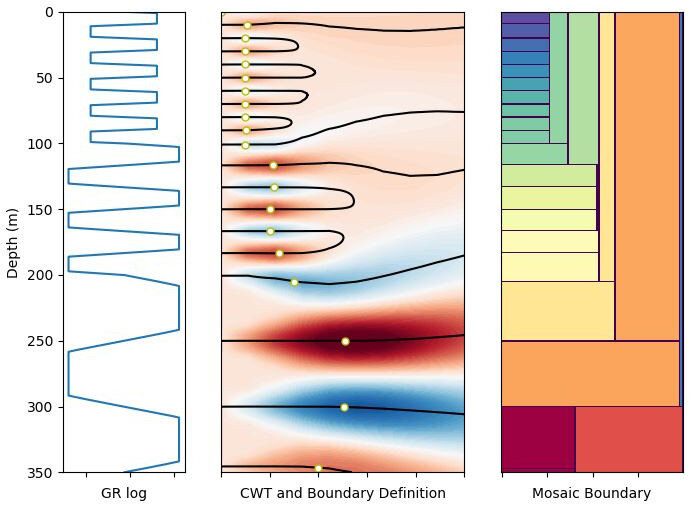This is part 2 of a pair of posts about the TRANSFORM 2020 Hackathon. Read part 1 here.
Welcome back to the TRANSFORM 2020 Hackathon project round-up!
Last time we shared six projects; the remaining projects are listed below. As before, to find out more about a project, get in touch with its champion, or visit its channel, in the Software Underground Slack. The channels all start with #t20- so, for example, the GemGIS channel is #t20-gemgis.
Seismic processing
Alan Richardson set himself the ambitious task of wrapping CPSeis, an open source seismic processing system, in Python. However, this proved fiddly, so he set himself the even more ambitious task — albeit one with fewer dependencies — of writing a seismic processing system in Python. Punchline: he’s building it with TorchScript. It’s going to be epic. Repo.
Covid-19
Artash Nath, a talented 8th grader from Toronto, led a project to observe the impact of COVID-19 lockdown restricitons on the traffic movement in several Canadian cities. Specifically, Artash’s goal was to measure the change in the seismic vibrations in major cities before, during, and after their lockdown period. Repo.
GemGIS
Alexander Juestel and Arthur Endlein attempted to meld the worlds of GIS and GemPy. Their goal was to build a 3D geological model from a geological map (a shapefile) and a DEM (a raster). The process was fully interactive, so they could digitize a cross-section right in a notebook. Repo.
Geothermal field
Alexis Lamparski and Elisa Heim, along with a few others, analyzed and visualized seasonal upper soil temperatures over a geothermal field. Their goal was to find a correlation with fluid temperature differences inside the horizontal pipes connecting borehole heat exchangers to the heat pump. Repo.
Litho-boundary from gamma
Jared Armstrong, after reading a recent paper about generating lithological boundaries from gamma using wavelet tessellations, Jared decided to stay up late and join from Down Under. Jared joined forces with Leo C and Martin Bentley and together they were able to create promising initial results. Repo.
Devito
Gerard Gorman and Fabio Luporini, together with other project developers, took advantage of the hackathon to improve the documentation and to start tackling issues related to HPC and distributed computing for the Devito geophysical modeling project.
Space rocks
Hunter Danque took a shot at the Moon… using the lunar GPR data from China's Yutu 2 rover. Hunter started working towards his goal to load the data to eventually extract geotechnical properties for future lunar site investigations. Repo.
This amazing event was the first big virtual hackathon we’ve taken on. With at least 60 people collaborating on 13 projects, it was undoubtedly a success, but we learned a few things too. It was less accessible to new programmers than our live events usually are. And it was hard to even begin to approximate some of the social aspects of a live hackathon.
One thing is certain: we will be doing this again — and you’re invited. See you then!
Many thanks to our sponsors for their generous support of this event







